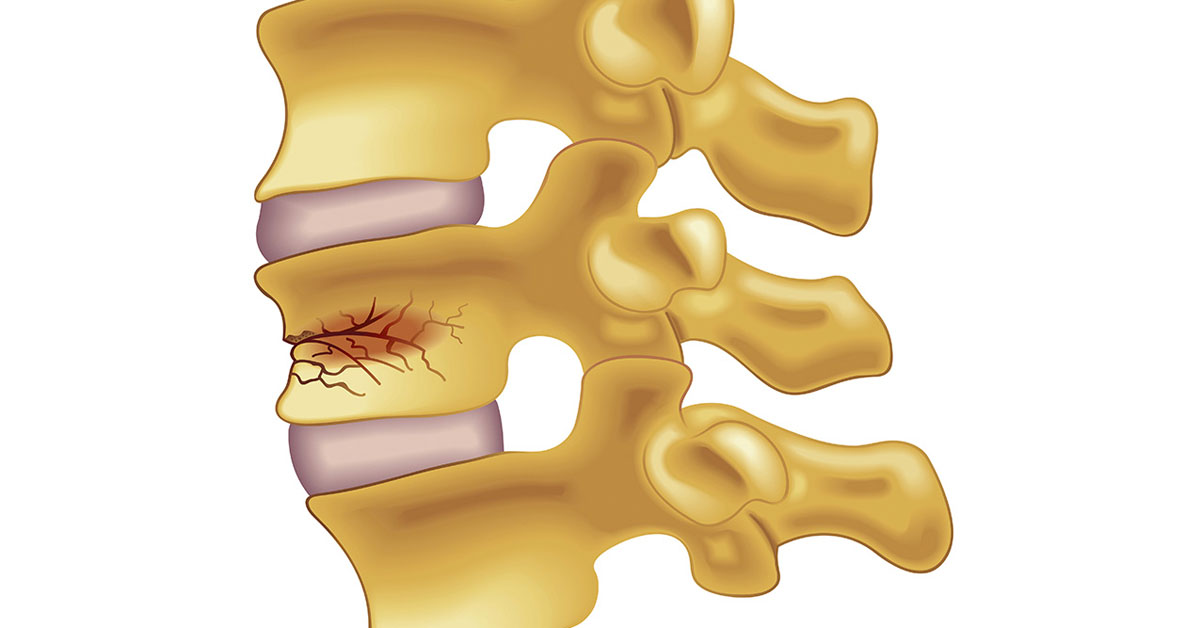
What are Compression Fractures?
A compression fracture is a type of fracture of the vertebral bones. The size of the vertebra is reduced or 'compressed', hence the name.
What Causes Compression Fractures?
Compression fractures are caused due to trauma to the spine. Thinning of the bones due to osteoporosis is a common risk factor. Bone tumors also place the spinal bones at the risk of compression fractures.
Compression fractures can be seen in any part of the spine, though they are common in the mid-lower back.
Symptoms
Patients with compression fractures experience pain in the back that usually starts slowly and gets worse on exertion. Patients may lose a few inches from their height as well. Fractured vertebra can cause forward bending of the spine - a condition called kyphosis. The symptoms can be precipitated by a fall onto the back. Patients with osteoporosis are particularly vulnerable to developing compression fractures even without experiencing any trauma. Compression fracture can irritate the nerves within the spinal cord, and this can result in alteration in sensation in the extremities.
Diagnosis
The best test to diagnose a compression fracture is an x-ray. This will demonstrate the fracture, change in the alignment of the spine and a reduction in the intervertebral space. The compressed vertebra is evidently smaller than the non-fractured vertebra.
In case the x-rays are inconclusive or if further investigations are needed, the patient may undergo a CT scan or MRI to visualise the structures a bit more clearly. A bone density scan can help assess the thickness of the bone and is particularly useful in evaluating osteoporosis.
In the event that a tumour is the suspected cause, further investigations may be needed to ascertain the type of tumour.
Treatment
Painkillers are the mainstay of treatment. Often patients do not experience any other symptoms besides pain, and therefore just painkillers will be sufficient. In order to strengthen the bones, calcium and vitamin D supplements may be prescribed. Bed rest is recommended if the pain is severe.
Patients may require physical therapy to help them restore their normal state of mobility following a fall or injury. The loss of confidence that accompanies a fall can be significant, and in the presence of compression fractures, it can take a few weeks to months before patients are back to their normal daily activities.
In the event of the above treatments not helping the patient, and the pain persisting for over 2 months, surgery may be offered. Procedures include vertebroplasty or kyphoplasty. Spinal fusion surgery may be performed.
Prognosis
Patients with a compression fracture usually experience a good recovery that takes around 6 to 8 weeks in total. It is essential for the patient to take any medication and supplements prescribed to help slow down the progression of osteoporosis and prevent future compression fractures. If left untreated, the patient can develop postural abnormalities and even compression of the nerve roots; hence timely treatment is important.



